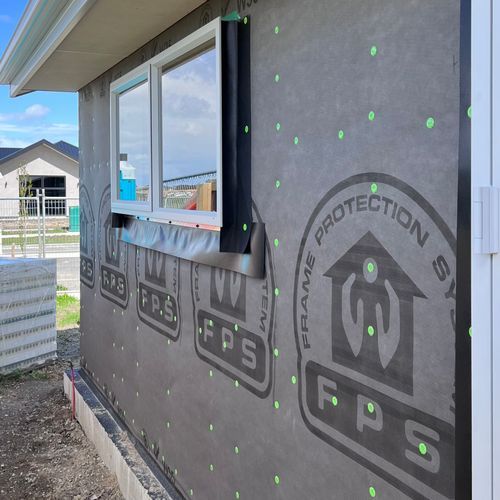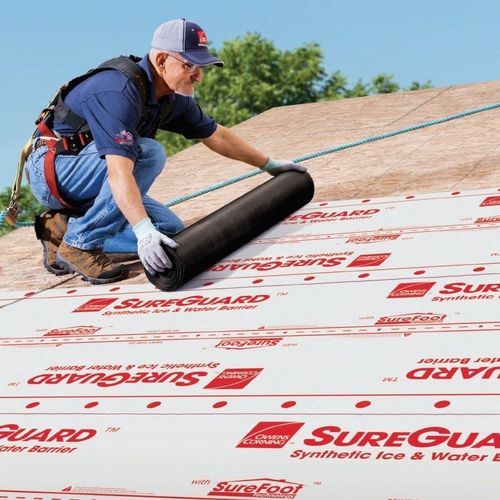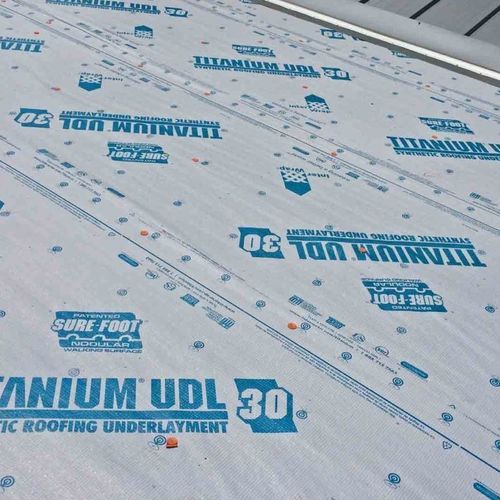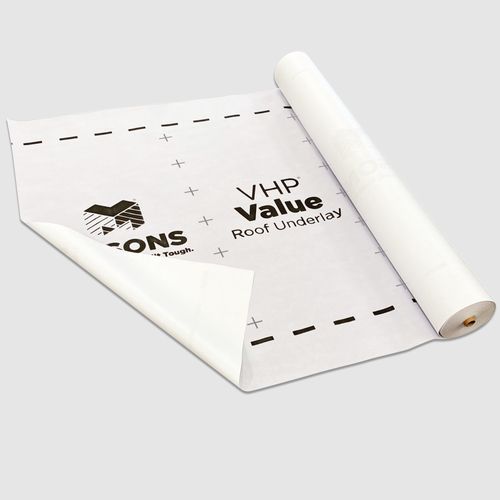Roof Underlay
- Roofing underlay is crucial for a long and healthy life of a roof structure system. Continual exposure to elements year-round can impair the roof’s durability. Prevention is the key to avoid costly repairs, and membranes provide a durable barrier against water leakage. ArchiPro offers a range of different barrier solutions, including roofing paper, roofers felt and more from trusted suppliers in New Zealand.Why ArchiPro?
No more endless searching -
Everything you need, all in one place.Real projects, real experts -
Work with vetted architects, designers, and suppliers.Designed for New Zealand -
Projects, products, and professionals that meet local standards.From inspiration to reality -
Find your style and connect with the experts behind it.Start your Project
Start you project with a free account to unlock features designed to help you simplify your building project.
Learn MoreBecome a Pro
Showcase your business on ArchiPro and join industry leading brands showcasing their products and expertise.
Learn More







